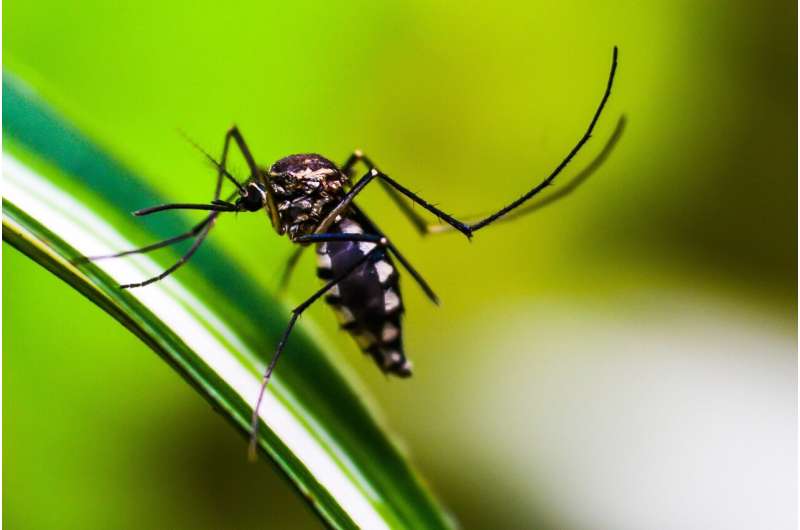Research Reveals That Even Mild Tropical Cyclones Increase Infant Mortality in Low-Income Countries

New research shows that even mild tropical cyclones significantly increase infant mortality rates in low- and middle-income countries, highlighting the need for stronger disaster protection and health measures.
Recent studies highlight the alarming impact of tropical cyclones, including those below hurricane and typhoon strength, on infant mortality rates in low- and middle-income nations. Published in Science Advances, this research examined nearly 1.7 million child records from countries such as Madagascar, India, Bangladesh, Cambodia, the Philippines, the Dominican Republic, and Haiti, revealing that exposure to these storms significantly elevates the risk of infant death, especially within the first year after a cyclone occurs.
The findings show an average increase of 11% in infant mortality, correlating to approximately 4.4 additional deaths per 1,000 live births. Notably, the heightened risk was most pronounced in the first year following a storm and did not persist beyond two years. Interestingly, the increased mortality was not linked to reduced prenatal care or worsening nutrition, which are common effects of natural disasters.
"The mortality impact appears to stem from factors beyond healthcare access and nutrition," explained lead researcher Zachary Wagner, an associate professor at USC. This suggests other underlying causes that require further investigation.
The study also indicates that both intense and less severe tropical storms contribute to child mortality. As climate change potentially increases the frequency and intensity of such storms, especially in vulnerable regions, protecting children's health becomes even more critical.
Impact patterns varied among countries. In Bangladesh, Haiti, and the Dominican Republic, the rise in infant deaths exceeded 10 per 1,000 births following cyclones, whereas in nations like India, the Philippines, Cambodia, and Madagascar, the increase was minimal or absent. These disparities might be attributed to differences in disaster preparedness, geographic vulnerabilities, housing quality, and existing public health infrastructure.
Understanding these country-specific factors is vital for designing targeted interventions. "Some countries benefit from mountainous terrains or better evacuation systems, while others rely on less durable housing or face repeated health burdens from diseases like malaria," said Wagner. Future research aims to clarify these differences to inform policies that can better shield children from the escalating threats brought on by climate change.
This study was carried out by a team across multiple institutions, including Stanford University, RAND Corporation, Johns Hopkins University, and Belgium’s UCLouvain, emphasizing a global collaborative effort to address this pressing issue. The research underscores the urgent necessity for enhanced disaster response strategies and child health safeguards in the face of rising climate risks.
Stay Updated with Mia's Feed
Get the latest health & wellness insights delivered straight to your inbox.
Related Articles
New Insight into Brain Circuits Offering Potential for Improved Pain Relief
Scientists have uncovered a neural pathway in the brain that controls pain suppression during fear, offering promising avenues for better pain management therapies.
New Intersex Health Communication Guide Promotes Inclusivity and Respect in Canadian Healthcare
McGill University has released a pioneering guide to improve healthcare communication with intersex adults in Canada, promoting inclusivity, respect, and cultural competency to address existing barriers and discrimination.
CDC Considers Changing Childhood MMRV Vaccination Schedule
The CDC's vaccine advisory committee is considering a major change to the childhood immunization schedule, recommending separate administration of MMR and varicella vaccines to reduce risks of febrile seizures.



